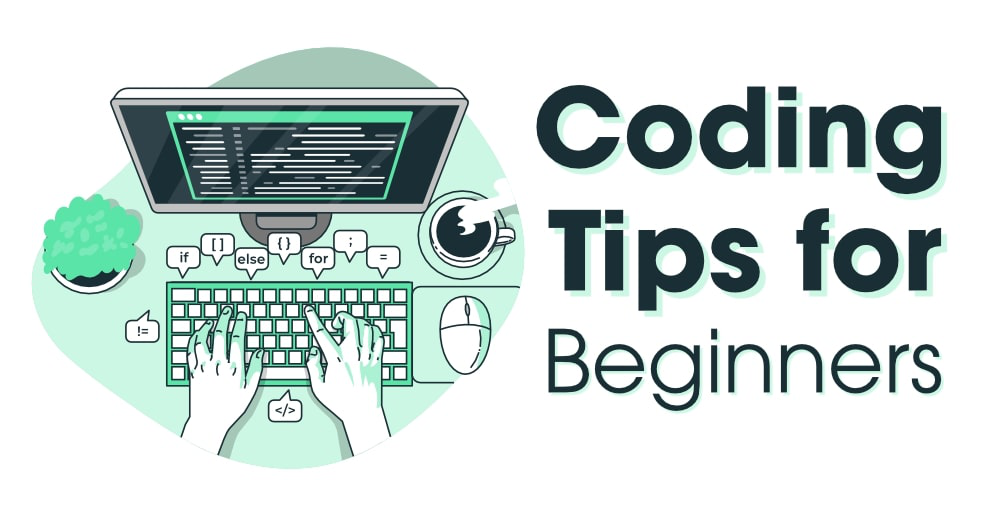A programmer is often seen as a mysterious figure, someone who seemingly speaks in a different language—a language of codes and algorithms. When people think of a programmer, they might picture someone hunched over a computer for hours, typing away lines of code. This stereotypical image, while partially true, only scratches the surface of what being a programmer truly entails. The reality of the profession is far more dynamic, creative, and crucial to the digital world we live in.
At its core, a programmer is a professional who is responsible for writing, testing, and maintaining the source code that powers software applications. From the games we play on our phones to the complex systems that run financial markets, programmers are the unseen architects behind much of the technology we rely on every day. They take abstract ideas and translate them into functioning code that computers can understand and execute.
But being a programmer isn’t just about knowing the ins and outs of computers and software. It’s about problem-solving, creativity, and continuous learning. A programmer is someone who thrives on finding innovative solutions to challenges, whether it’s debugging a piece of malfunctioning code or developing a new feature for an app. It’s a profession that requires a deep understanding of logic, mathematics, and, most importantly, a passion for technology.
The world of programming is vast, offering opportunities in various specializations such as front-end and back-end development, software engineering, data analysis, and artificial intelligence, to name just a few. Each field comes with its own set of challenges and rewards, making programming a highly versatile and ever-evolving profession.
However, like any profession, being a programmer has its own set of advantages and disadvantages. The benefits include the potential for high salaries, job flexibility, and the satisfaction of creating something meaningful. On the other hand, programmers can face long hours of intense focus, the pressure to meet deadlines, and the constant need to keep up with rapidly changing technologies.
Despite the challenges, being a programmer is a rewarding career for those who are driven by curiosity and a desire to shape the future of technology. It’s a profession that not only offers financial stability but also the opportunity to make a tangible impact on the world. So, the next time you think about a programmer, remember: it’s not just about knowing computers; it’s about the art and science of building the future, one line of code at a time.
WHAT IS PROGRAMING ?

Search Image : 21k School
The Story of a Programmer: Crafting the Code Behind the Scenes
Behind every app you tap on your smartphone or every website you browse lies the work of a programmer. These tech-savvy professionals are the architects of the digital world, building the frameworks that keep our software and systems running smoothly. But what does it truly mean to be a programmer, and what does their day-to-day work entail? Let’s dive deeper into the fascinating world of programming.
At its essence, a programmer is someone who creates, tests, and maintains the source code that powers software applications. This process involves writing instructions in a programming language to ensure that the software performs as intended. Think of it as giving life to a machine—each line of code acts as a command, telling the program exactly what to do and how to behave.
To succeed, a programmer must master several fundamental skills. They need to understand the basics of programming, algorithms, and data structures, all of which serve as the backbone for creating efficient and effective code. Writing code isn’t just about making something work; it’s about doing so in a way that is optimized, maintainable, and scalable.
What Exactly Does a Programmer Do?
A programmer’s primary responsibility is to translate a software specification into functional code. This means taking an idea or a set of requirements and turning it into a working program. The process involves much more than just typing away at a keyboard—it requires critical thinking, problem-solving, and a deep understanding of how software interacts with hardware.
Programming itself is a multifaceted discipline. It includes writing new code, debugging existing code, and maintaining software to ensure it continues to function efficiently as needs evolve. A programmer might work on a wide variety of projects, from creating small applications to developing complex systems that power industries like healthcare, finance, or entertainment.
Beyond the Code: The Versatility of a Programmer’s Career
While the core role of a programmer revolves around coding, many programmers also expand their horizons by taking on roles such as software developers, application developers, or even independent contractors. These professionals might design mobile apps, build cutting-edge software, or collaborate with teams to deliver innovative solutions. For many, this versatility opens up opportunities to earn more and explore diverse aspects of technology.
The life of a programmer also involves continuous learning. Technology evolves rapidly, and staying relevant requires programmers to keep up with the latest programming languages, tools, and methodologies. This relentless pursuit of knowledge is what makes programming both challenging and rewarding.
In Summary: The Programmer’s Mission
At the heart of it all, a programmer is a problem solver and a creator. Their mission is to build systems that meet specific needs, solve real-world problems, and enhance user experiences. Each line of code they write is a step toward shaping the future of technology. It’s not just about the technical skills they possess; it’s about the creativity, dedication, and passion they bring to their craft.
So the next time you use an app or enjoy a seamless digital experience, take a moment to appreciate the unseen work of programmers. They are the silent innovators driving the technological advancements that define our era.
Programmers’ Key Responsibilities
A programmer must evaluate the code they write to ensure it functions correctly and is free from bugs. They must also maintain the software’s source code by identifying and fixing issues, a process known as debugging. Debugging is a core task for programmers and is often never-ending.
The primary responsibility of a programmer is to write efficient, effective, and specification-compliant source code. They must evaluate the code to ensure it operates as intended and remains bug-free. Additionally, programmers must maintain software by addressing emerging problems and collaborating with other team members on software projects while adhering to coding standards.
Benefits of Being a Programmer

Search Image : Rasmussen University
- High Job Demand: With software becoming an essential part of various industries, the demand for programmers remains strong. In the digital era, programming opportunities are abundant across creative, manufacturing, and other sectors that rely heavily on programmers’ expertise.
- Attractive Compensation: Programmers can earn competitive salaries, especially those with solid experience and advanced skills.
- Work Flexibility: Programmers can work across various industries, join companies, or operate independently as freelancers.
- Global Opportunities: Many international companies actively seek qualified programmers, offering opportunities to work abroad.
Challenges of Being a Programmer
- High Workload: Programmers must often meet tight deadlines and work under pressure to complete tasks efficiently.
- Rapid Technological Changes: Staying competitive requires programmers to continuously learn and adapt to new technologies.
- Physical Strain: Long hours spent sitting at a computer can lead to health issues over time.
Steps to Become a Professional Programmer

Search Image : Linkedin
To excel as a professional programmer, one should follow these steps:
- Learn essential programming languages like C, C++, Python, or Java.
- Master fundamental concepts such as algorithms, data structures, and basic coding techniques.
- Attend courses, workshops, or pursue formal education in programming.
- Build skills by practicing and completing programming projects.
- Seek opportunities to work on relevant projects to gain real-world experience.
- Earn certifications and pass competency tests to validate your skills.
- Stay updated on the latest technologies and industry trends.
- Create a portfolio showcasing completed projects and achievements.
- Network with industry peers to build valuable connections.
- Maintain a high standard of work quality and professionalism.
Tips for Aspiring Programmers

Search Image : GeeksforGeeks
There are multiple ways to become a programmer, from self-taught coding to attending formal coding classes. Many people start by learning independently and working as freelance programmers before gradually advancing their careers.
The first step is mastering programming languages like C, C++, Python, or Java. The more languages a programmer knows, the broader their skill set and portfolio. By completing coding assignments and projects, one can develop expertise and gain deeper insights into programming.
For skill enhancement, attending workshops, training sessions, or formal courses is highly beneficial. Some universities and professional training institutions also offer structured programming programs.
Conclusion
In today’s digital age, programming has become a highly sought-after profession, offering a wide range of job opportunities. From freelancing to software and application development, programmers can choose from diverse career paths.
Aspiring programmers can pursue their goals through various routes, including self-study, formal training, online classes, or coding boot camps. However, becoming a successful programmer is not without challenges. Constant work, debugging issues, and the ever-evolving nature of technology require resilience and adaptability.
Despite these challenges, the rewards of becoming a skilled and professional programmer make the effort worthwhile, providing opportunities to thrive in a competitive and dynamic industry.














